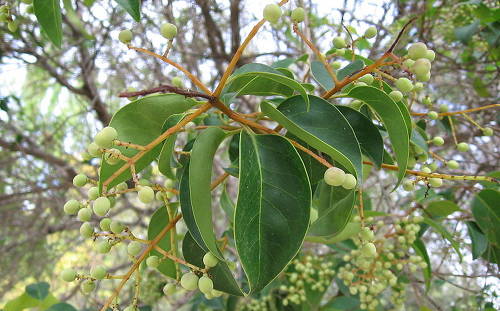
Welcome to this weeks edition of the a-z of plants horses should always avoid. Today’s plant is another widely common one, it can often be found used in gardens & as hedges. Ligustrum makes a garden lovely & fragrant, but horses should be kept well away.
A Little About Ligustrum
Ligustrum is also called Privet. This is an evergreen, semi-evergreen or deciduous shrub/ tree that can grow up to thirty feet tall. Leaves are oval & grow opposite. Flowers are white, abundant & grow in clusters at the end of branches. Fruit ripens from green to a dark purple / black.
How Dangerous Is It?
This plant is unpalatable & generally only a concern during drought conditions. However due to its extreme toxicity & common appearance, it’s important for horse owners to recognize and avoid this plant. Ligustrum contains toxic glycosides which irritate the gastrointestinal system.
The leaves & fruit of this plant are toxic & can be fatal to equines.

What To Look For
You know your animal the best, so you should know when something is amiss. Ligustrum toxicity symptoms include gastrointestinal upset, diarrhea, loss of coordination, weak pulse, partial paralysis & convulsions.
Learn More
Be sure to check out the Ligustrum page to learn more about the plant & while you are at it why not check out more toxic plants?
*It should be noted that we’re not veterinarians. This information is written specifically for horses & should be used for reference purposes only. If you think your horse has eaten something toxic call your vet right away.
